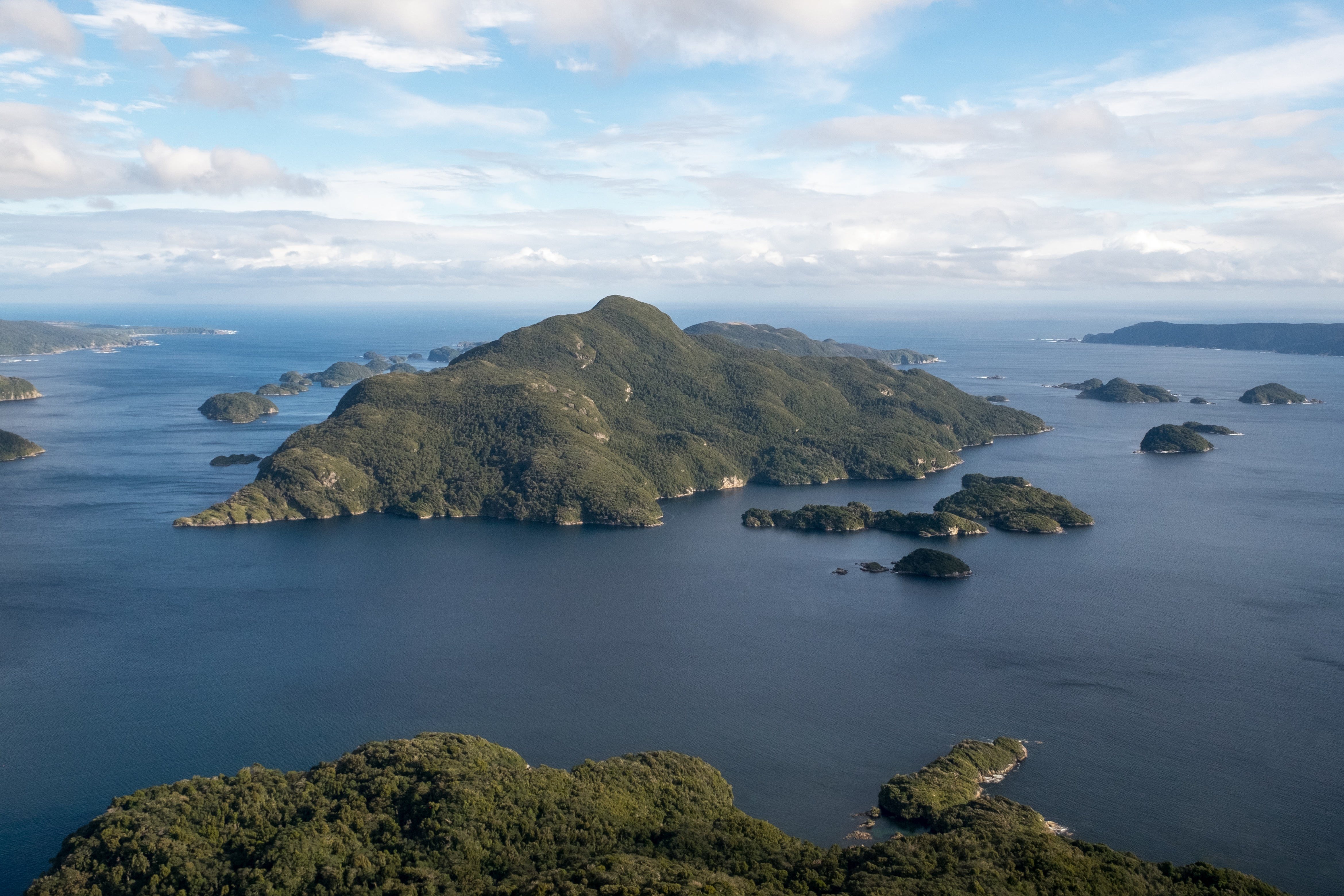Financial performance
This section covers revenue and expenditure for the International Visitor Conservation and Tourism Levy (IVL) in 2021 to 2022 and the budgeted, actual, and forecast expenditure for the IVL projects.
On this page

IVL performance
In its third year of operation (2021 to 2022) the IVL continued to face major funding challenges. This was due to the ongoing impact of COVID 19 on revenue collected. New Zealand’s borders were heavily restricted until they opened to all visitors, including from non-visa waiver countries and international students, from 31 July 2022 (1 month after the reporting period of this annual performance report). This meant the number of people who paid into the IVL was far fewer than pre-pandemic predictions. Since April 2021, visitors from Australia were eligible to visit New Zealand, but most visitors (being either Australian citizens or returning New Zealanders) were exempt from paying the IVL.
Revenue
- Actual revenue collected in the third year of operation to 30 June 2022 was $3.314m.
Initially, the IVL was predicted to raise approximately $450m in its first 5 years. Despite the impact of COVID-19, revenue collected ensured the first round of investments will meet commitments, with some project deliverables amended.
From 19 April 2021 to 31 July 2021, quarantine-free travel was available between New Zealand and Australia. Australian citizens and permanent residents, as well as returning New Zealand citizens and residents, are among the groups that do not pay the IVL. Non-exempt visitors travelling from Australia over this financial year had a marginal impact on revenue collected through the IVL.
The New Zealand border only fully reopened to all visitors, including from non-visa waiver countries and international students, from 11:59PM, 31 July 2022.
Expenditure
- Actual expenditure in the third year of operation to 30 June 2022 was $9.039m.
This financial year, expenditure for tourism was $2.091m across 2 projects, expenditure for conservation was $5.931 across four projects, and administrative expenditure was $1.017m.
Total expenditure from the IVL since its beginning in 2019 to June 2022 is $26.541m, which breaks down into: $11.989m for tourism, $14.552m for conservation, and $4.324m for administrative expenditure [3].
Funding allocated to out-years
- Total funding allocated to future years as at 30 June 2022 is $22.753m.
Many of the IVL projects have multi-year funding committed in principle. Administrative expenditure is also committed in advance. As at 30 June 2022, the IVL has funding allocated out to financial year 2024 to 2025.
Tourism projects have $7.436m committed over the next 3 financial years, conservation projects have $11.738m committed over the next 2 financial years. Administrative funding has been committed for the next 3 financial years, totalling $3.579m out to 2024 to 2025.
Table 1: Summary of IVL revenue and committed expenditure as at 30 June 2022 ($)
| 2019 to 2020 Year 1 | 2020 to 2021 Year 2 | 2021 to 2022 Year 3 | Future commitments Year 4 to 6 | Total | |
|---|---|---|---|---|---|
| Revenue | 57.163m | 2.692m | 3.314m | - | 63.169m |
| Fund management (Year 1 to 6) & bank fees (Year 1 to 3) | -2.120m | -1.187m | -1.017m | -3.579m | -7.903m |
| Conservation | -2.936m | -5.685m | -5.931m | -11.738m | -26.290m |
| Tourism | -3.170m | -6.728m | -2.091m | -7.436m | -19.425m |
| Total expenditure | -8.226 m | -13.600m | -9.039m | -22.753m | -53.618m |
Uncomitted total at 30 June 2022: 9.551m

